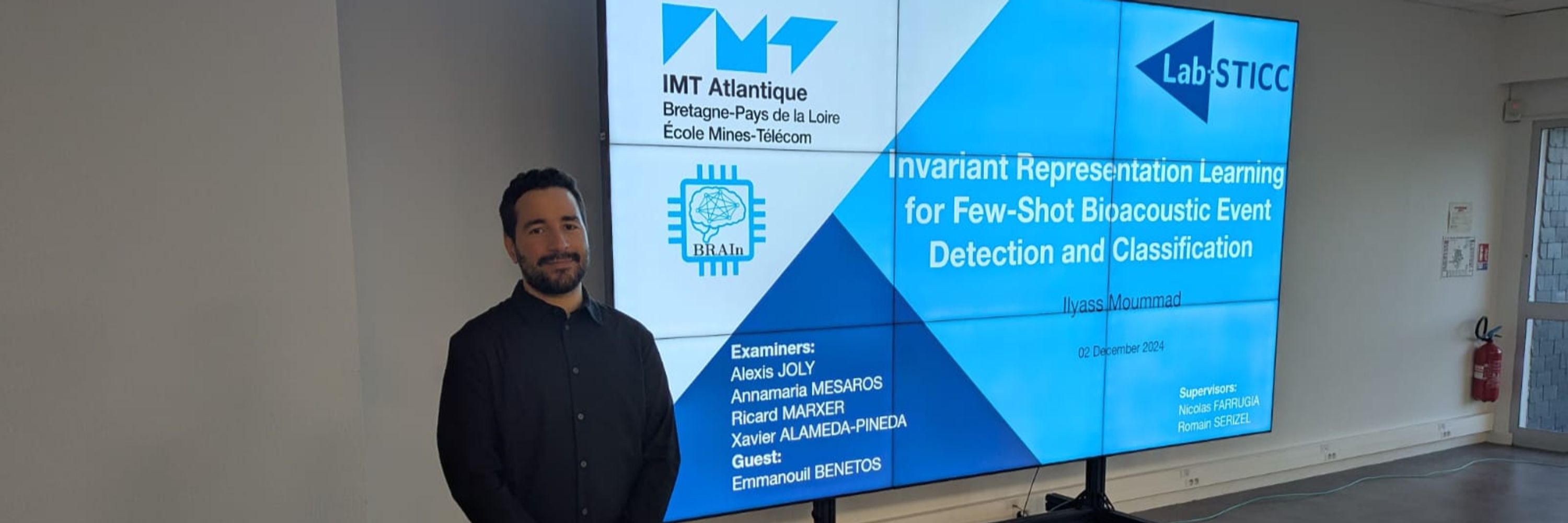
SSL for plant images
Interested in Computer Vision, Natural Language Processing, Machine Listening, and Biodiversity Monitoring
Website: ilyassmoummad.github.io
CroVCA retrieves correct classes even for fine-grained or ambiguous queries (e.g., indigo bird, grey langur).
✅ Outperforms Hashing-Baseline
✅ Works with only 16 bits and without supervision

CroVCA retrieves correct classes even for fine-grained or ambiguous queries (e.g., indigo bird, grey langur).
✅ Outperforms Hashing-Baseline
✅ Works with only 16 bits and without supervision
Even with just 16 bits, CroVCA preserves class structure.
t-SNE on CIFAR-10 shows clear, separable clusters — almost identical to the original 768-dim embeddings.

Even with just 16 bits, CroVCA preserves class structure.
t-SNE on CIFAR-10 shows clear, separable clusters — almost identical to the original 768-dim embeddings.
Tested on multiple vision encoders (SimDINOv2, DINOv2, DFN…), CroVCA achieves SOTA unsupervised hashing:

Tested on multiple vision encoders (SimDINOv2, DINOv2, DFN…), CroVCA achieves SOTA unsupervised hashing:
A lightweight MLP with final BatchNorm for balanced bits (inspired by OrthoHash). Can be used as:
🔹 Probe on frozen features
🔹 LoRA-based fine-tuning for efficient encoder adaptation

A lightweight MLP with final BatchNorm for balanced bits (inspired by OrthoHash). Can be used as:
🔹 Probe on frozen features
🔹 LoRA-based fine-tuning for efficient encoder adaptation
Can supervised + unsupervised hashing be done in one framework?
CroVCA aligns binary codes across semantically consistent views:
Augmentations → unsupervised
Class-consistent samples → supervised
🧩 One BCE loss + coding-rate regularizer

Can supervised + unsupervised hashing be done in one framework?
CroVCA aligns binary codes across semantically consistent views:
Augmentations → unsupervised
Class-consistent samples → supervised
🧩 One BCE loss + coding-rate regularizer










